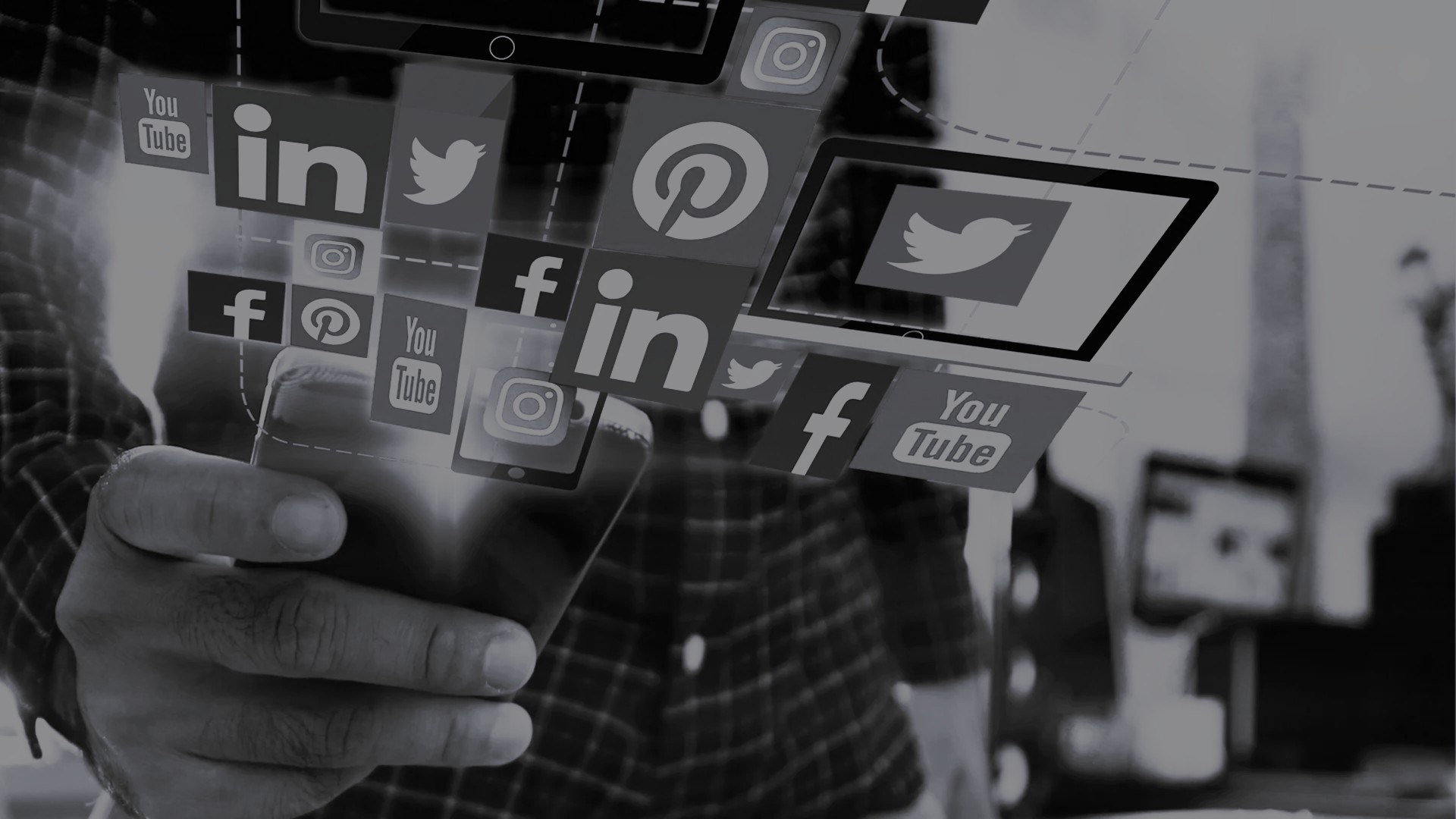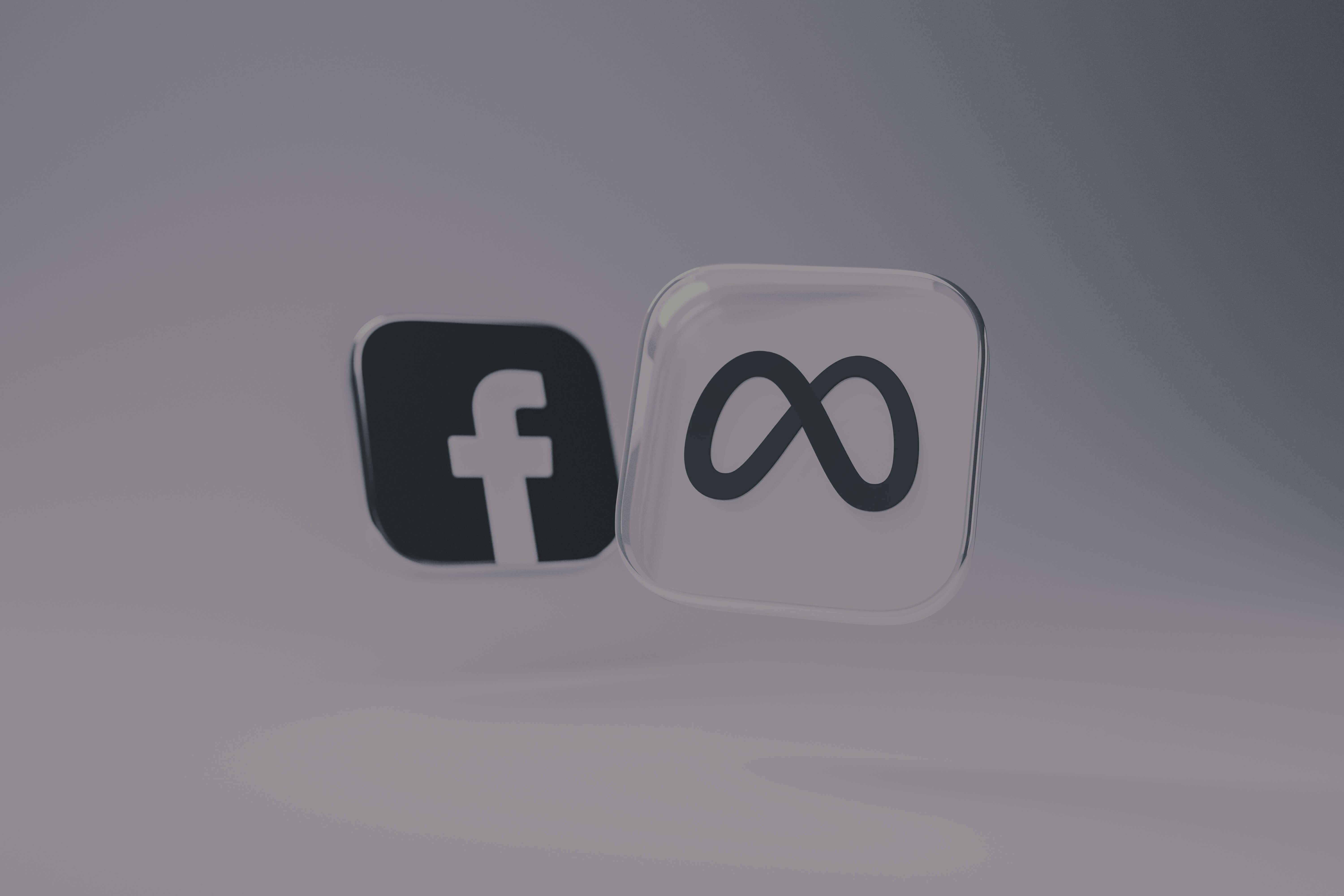Choosing between search engine optimization and paid advertising can feel like a coin flip but it shouldn’t. The right decision depends on your goals, budget, timeline, and the stage of your business. In this guide, we break down SEO vs Paid Ads so you can pick the strategy that drives measurable growth, or combine both for maximum impact.
What Is SEO?
Search Engine Optimization (SEO) is the process of improving your website’s technical health, content, and authority to rank higher in organic search results. It compounds over time and can become a sustainable, low-cost acquisition channel once established.
- Core levers: Technical SEO (site speed, indexing), on-page SEO (keywords, headings, internal links), off-page SEO (backlinks, digital PR), and content strategy.
- Primary outcomes: Compounding organic traffic, brand authority, and long-term cost efficiency.
- Typical timeline: 3–6 months to see consistent movement; faster in low-competition niches.
What Are Paid Ads?
Paid ads (Google Ads, Meta/Facebook & Instagram, TikTok, LinkedIn, Snapchat) place your offer in front of targeted audiences immediately. You pay per click, impression, or conversion and can scale up or down in real time.
- Core levers: Audience targeting, creative, bidding strategy, landing page quality, and conversion tracking.
- Primary outcomes: Instant visibility, fast testing, predictable lead and revenue generation.
- Typical timeline: Hours to days for traffic and conversions; optimization is continuous.
SEO vs Paid Ads at a Glance
| Dimension | SEO | Paid Ads |
|---|---|---|
| Speed | Slower start, long-term compounding | Immediate traffic and tests |
| Cost Profile | High upfront effort; lower long-run CAC | Ongoing spend; clear ROI controls |
| Scalability | Scales with content & links | Scales with budget & creative |
| Trust & Credibility | High (organic results) | Moderate (ad labels) |
| Data & Targeting | Intent via keywords; limited persona data | Granular audience & intent targeting |
| When It Shines | Education, research, evergreen demand | Launches, promos, rapid validation |
When to Choose SEO
- You need durable growth: You’re building a content moat in a definable niche.
- Your audience researches: Complex or high-consideration products (B2B SaaS, real estate, healthcare).
- You can invest time: You have 3–6 months to compound results and reduce CAC.
When to Choose Paid Ads
- You need results now: Product launches, seasonal offers, or sales targets this quarter.
- You’re validating offers: Rapid message/creative testing before scaling content or SEO.
- You have precise audiences: Demographic, interest, and lookalike targeting on social; high-intent search on Google.
Why the Best Brands Combine Both
SEO builds trust and lowers acquisition costs over time; paid ads accelerate learning and revenue now. Combining both gives you short-term wins and long-term defensibility.
- Use paid to test keywords & offers, then turn winners into SEO content pillars.
- Retarget paid traffic with educational SEO content and lead magnets to lift LTV.
- Own your category: rank organically while occupying ad slots for premium SERP real estate.
KPIs That Matter
- SEO KPIs: Non-brand organic sessions, rankings for money keywords, click-through rate, backlinks/authority, assisted conversions.
- Paid KPIs: CPA/CPL, ROAS, CTR, conversion rate, frequency, quality score, MER (marketing efficiency ratio).
Common Mistakes to Avoid
- SEO: Publishing thin content, ignoring technical issues (crawl, speed, schema), chasing only volume instead of intent.
- Paid: Sending traffic to generic pages, weak tracking (no GA4/Pixel/Conversions API), ignoring creative fatigue and audience exclusions.
Quick Playbooks
Starter (Budget-Conscious)
- Publish 4–6 high-intent SEO pages (services, category pages, FAQs).
- Run a small Google Ads search campaign on bottom-funnel keywords.
- Retarget site visitors with one social ad set (testimonial or offer).
Scaler (Growth Mode)
- Build a topic cluster (10–20 articles) around core money pages; interlink.
- Run Meta/TikTok prospecting + Google search & Performance Max for capture.
- Weekly creative testing; monthly SEO content refresh; quarterly technical audit.
So Which Option Is Best for Your Business?
If you need pipeline now, start with paid ads and a tight tracking stack. If you’re playing the long game, invest in SEO to reduce dependency on ad spend. Most brands win by sequencing both: paid for speed, SEO for staying power.
Want a roadmap tailored to your market and budget? AddHype can audit your funnel and deliver a blended SEO and ads plan that hits near-term targets while compounding long-term growth.



